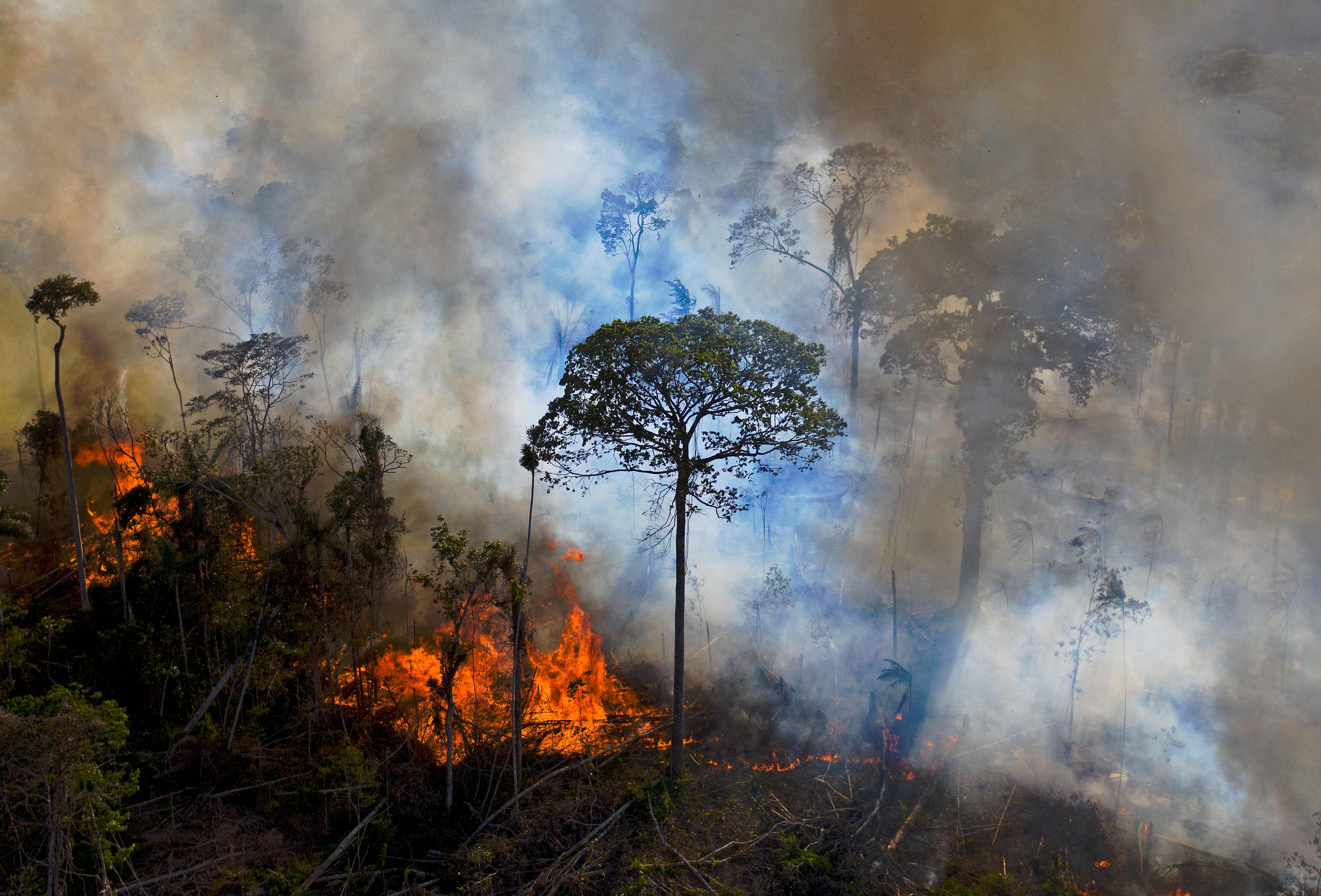Amazon-dwellers lived sustainably for 5,000 years
‘We found no evidence for crop plants or slash and burn agriculture’

Pre-historic indigenous people lived in the Amazon rainforest for thousands of years “causing no detectable species losses or disturbances”, a new study has revealed.
Researchers analysed soil in three remote sites in northeastern Peru going back 5,000 years. They found that the soils near rivers were not periodically cleared with fire or subject to intensive land use by the indigenous population before the arrival of Europeans in South America.
The study was published in the journalProceedings of the National Academy of Sciences on 7 June and is a significant contribution to the ongoing debate in the scientific community on how people who lived in the Amazon shaped its biodiversity.
Study lead Dr Dolores Piperno of the National Museum of Natural History and the Smithsonian Tropical Research Institute in Panama said: “Far from implying that complex, permanent human settlements in Amazonia had no influence over the landscape in some regions, our study adds substantially more evidence indicating the bulk of the Indigenous population’s serious impact on the forested environment was concentrated in the nutrient-rich soils near rivers, and that their use of the surrounding rainforest was sustainable, causing no detectable species losses or disturbances, over millennia.”
Some research previously suggested that the landscape was actively, intensively shaped by indigenous peoples before the arrival of Europeans.

But Dr Piperno and her team instead found that the rainforest ecosystem remained relatively stable for thousands of years and was much like the ones still standing in other undisturbed regions around the world in the present day.
To find the evidence. the researchers excavated soil in “interfluvial zones” in Peru, which are forests that comprise more than 90 per cent of the Amazon’s land area.
Each layer of soil was analysed to create a timeline of plant life and fire history by extracting microfossil particles of dead plants, called phytoliths, and looking for traces of burning such as charcoal or soot.
Dr Piperno said: “We found no evidence for crop plants or slash and burn agriculture; no evidence for forest clearing; no evidence for the establishment of forest gardens.
“These are very similar to results from other regions of Amazonia. We now have a substantial amount of evidence that extensive, wholesale alterations of forest across the interfluvial areas of Amazonia did not occur in prehistory.”
The academic added that the research has important implications for “good sustainable land use and conservation policies” because such policies “require adequate knowledge of past anthropogenic and natural impacts on the Amazonian ecosystem together with its responses.”
Join our commenting forum
Join thought-provoking conversations, follow other Independent readers and see their replies
Comments
Bookmark popover
Removed from bookmarks